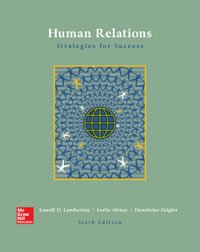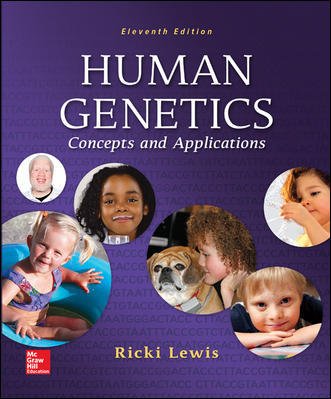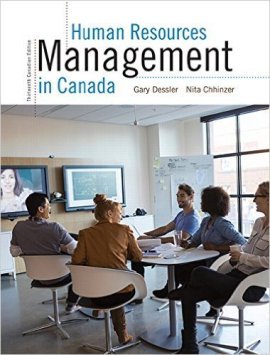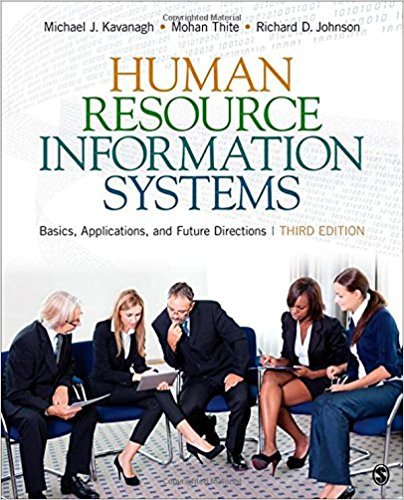Human Relations Lowell Lamberton 6Eidition
Chapter 10 Creativity and Human Relations
| 1. | Creative people have flexibility and fluency in ideas, with the ability to know a good idea from a bad one.
TRUE |
| Learning Objective: 10-02 Define creativity. |
| 2. | Optimal experiences have an adverse effect on a person’s creativity.
FALSE |
| Learning Objective: 10-02 Define creativity. |
| 3. | Csikszentmihalyi discovered that people are least likely to feel flow while at work.
FALSE |
| Learning Objective: 10-02 Define creativity. |
| 4. | Terman holds that a person has to be an academic genius to be creative.
FALSE |
| Learning Objective: 10-02 Define creativity. |
| 5. | Creative people are usually average or above average in intelligence.
TRUE |
| Learning Objective: 10-02 Define creativity. |
| 6. | True creativity requires divergent thinking.
TRUE |
| Learning Objective: 10-02 Define creativity. |
| 7. | According to Arthur Koestler, habit is the stumbling block to creativity.
FALSE |
| Learning Objective: 10-03 Discuss the relationship between perception and creativity. |
| 8. | Collective habits of thought typically increase curiosity in groups.
FALSE |
| Learning Objective: 10-03 Discuss the relationship between perception and creativity. |
| 9. | Using the “childish” freedom of curiosity will decrease your creativity.
FALSE |
| Learning Objective: 10-03 Discuss the relationship between perception and creativity. |
| 10. | The process of becoming an expert in any field is a good beginning point for creativity because it takes practice and hard work to become an expert at anything.
TRUE |












Reviews
There are no reviews yet.